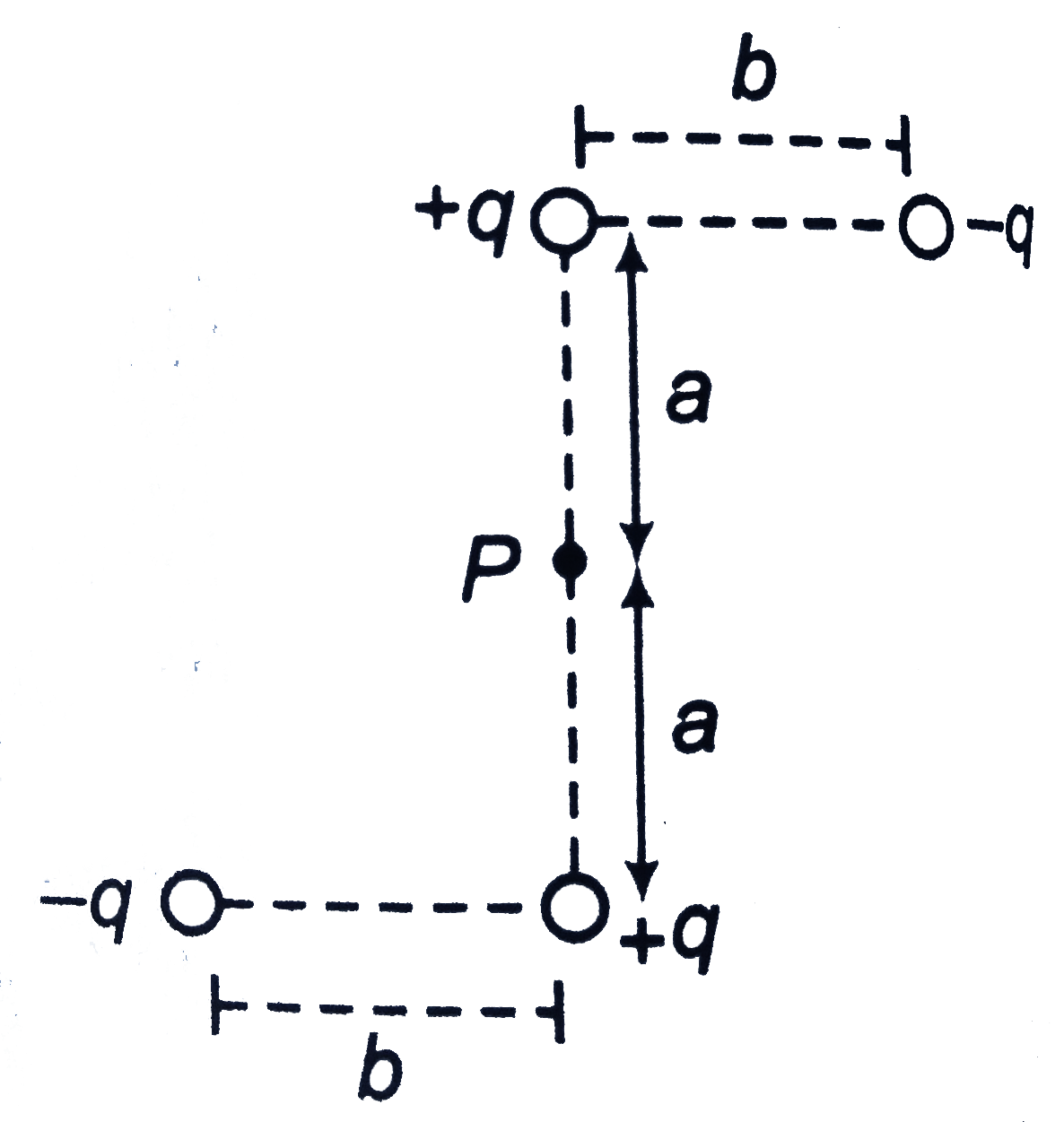Suppose that electric potential due to a small charge configuration varies inversely with with square of distance from the charge distribution . Electric field intensity will vary inversely with what power of distance from the charge configuration in this case ?
The correct Answer is:3
To solve the problem, we need to analyze the relationship between electric potential (V) and electric field intensity (E) in the context of the given charge configuration.
1. Understanding the Relationship of Electric Potential:
According to the question, the electric potential (V) due to a small charge configuration varies inversely with the square of the distance (R) from the charge distribution. This can be mathematically expressed as:
V∝1R2
or
V=KR2
where K is a constant.
2. Finding the Electric Field Intensity:
The electric field intensity (E) is related to the electric potential (V) by the formula:
E=−dVdr
We need to differentiate the expression for V with respect to R.
3. Differentiating the Electric Potential:
We have:
V=KR2
To find E, we differentiate V:
E=−ddr(KR2)
Using the power rule for differentiation, we rewrite KR2 as K⋅R−2:
E=−ddr(K⋅R−2)=−K⋅(−2R−3)=2KR3
4. Concluding the Relationship:
From the differentiation, we find that:
E=2KR3
This shows that the electric field intensity (E) varies inversely with the cube of the distance (R) from the charge configuration. Thus, we can conclude:
E∝1R3
Final Answer:
The electric field intensity will vary inversely with the third power of distance from the charge configuration.
---
According to the question, the electric potential (V) due to a small charge configuration varies inversely with the square of the distance (R) from the charge distribution. This can be mathematically expressed as:
V∝1R2
or
V=KR2
where K is a constant.
The electric field intensity (E) is related to the electric potential (V) by the formula:
E=−dVdr
We need to differentiate the expression for V with respect to R.
We have:
V=KR2
To find E, we differentiate V:
E=−ddr(KR2)
Using the power rule for differentiation, we rewrite KR2 as K⋅R−2:
E=−ddr(K⋅R−2)=−K⋅(−2R−3)=2KR3
From the differentiation, we find that:
E=2KR3
This shows that the electric field intensity (E) varies inversely with the cube of the distance (R) from the charge configuration. Thus, we can conclude:
E∝1R3
The electric field intensity will vary inversely with the third power of distance from the charge configuration.
Topper's Solved these Questions
- ELECTROSTATIC POTENTIAL AND CAPACITANCE BOOK - AAKASH INSTITUTE ENGLISHCHAPTER - ELECTROSTATIC POTENTIAL AND CAPACITANCE EXERCISE - SECTION-H Multiple True-False Type Questions
4 Videos
- ELECTROSTATIC POTENTIAL AND CAPACITANCE BOOK - AAKASH INSTITUTE ENGLISHCHAPTER - ELECTROSTATIC POTENTIAL AND CAPACITANCE EXERCISE - SECTION-I Subjective Type Questions
6 Videos
- ELECTROSTATIC POTENTIAL AND CAPACITANCE BOOK - AAKASH INSTITUTE ENGLISHCHAPTER - ELECTROSTATIC POTENTIAL AND CAPACITANCE EXERCISE - SECTION-F(MATRIX-MATCH TYPE QUESTIONS)
3 Videos
- ELECTROMAGNETIC WAVESBOOK - AAKASH INSTITUTE ENGLISHCHAPTER - ELECTROMAGNETIC WAVESEXERCISE - ASSIGNMENT SECTION - D Assertion-Reason Type Questions
25 Videos
- GRAVITATION BOOK - AAKASH INSTITUTE ENGLISHCHAPTER - GRAVITATION EXERCISE - ASSIGNMENT SECTION - D (ASSERTION-REASON TYPE QUESTIONS)
15 Videos
Similar Questions
Knowledge Check
Assertion : The electric field due to a discrete charge configuration is not defined at the locations of the discrete charges.
Reason : For a surface charge distribution, electric field is discontinuous across the surface.AIf both assertion and reason are true and reason is the correct explanation of assertion.BIf both assertion and reason are true but reason is not the correct explanation of assertion.CIf assertion is true but reason is false.DIf both assertion and reason are false.Electric field intensity (E) due to an electric dipole varies with distance (r ) from the point of the center of dipole as :
A1rand1r2B1r2and1rC1r3and1r3D1r3and1r2
Show that the temperature of a planet varies inversely as the square root of its distance from the sum.
View SolutionIn a spherical region the densiy varies inversely with the distance from ther centre Gravitational field at a distance r from the centre is .
View SolutionTwo charges e and 3e are placed at a distance r. The distance of the point where the electric field intensity will be zero is
View Solutionfind the electric field strength due to a point charge of 5μC at a distance of 80 cm from the charge.
View SolutionDerive an expression for electric field intensity at a point due to point charge.
View SolutionSuppose the gravitational attraction varies inversely as the distance from the earth. The orbital velocity of a satellite in such a case varies as nth power of distance where n is equal to
View Solution

